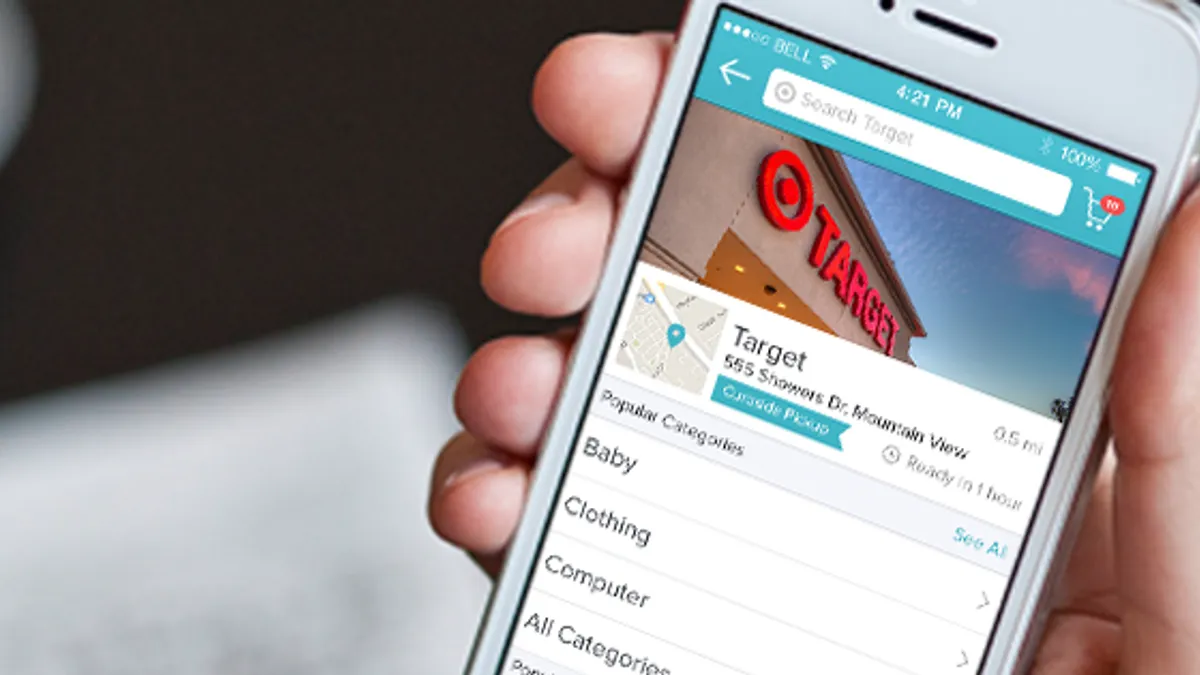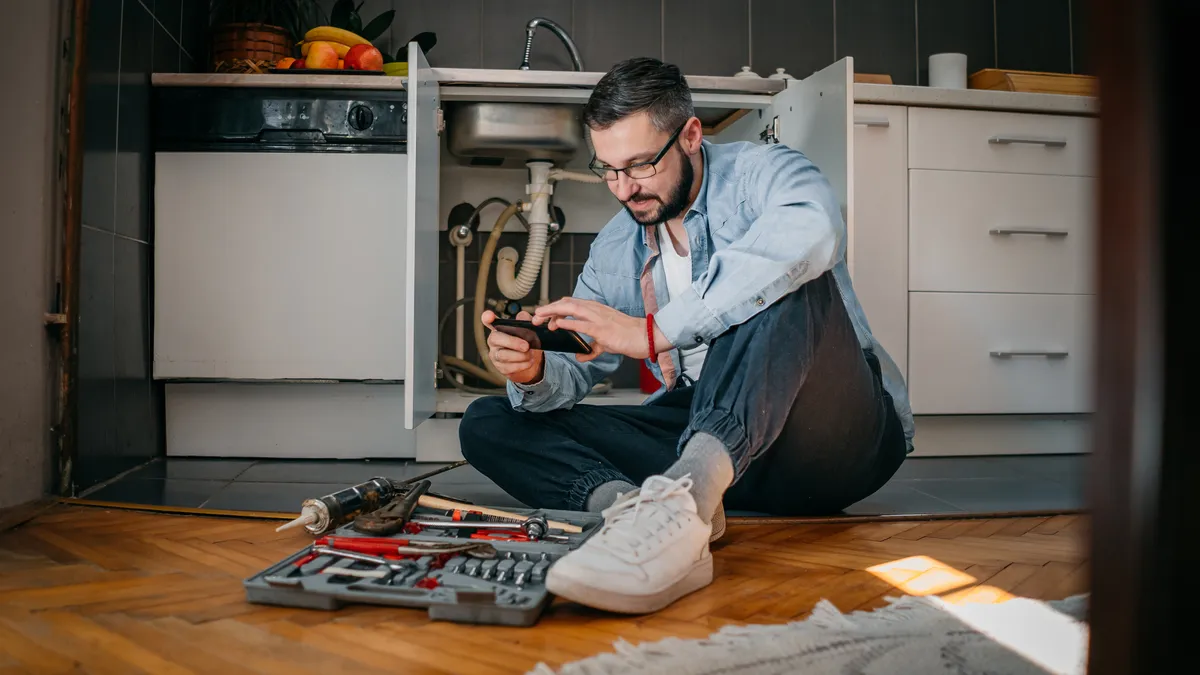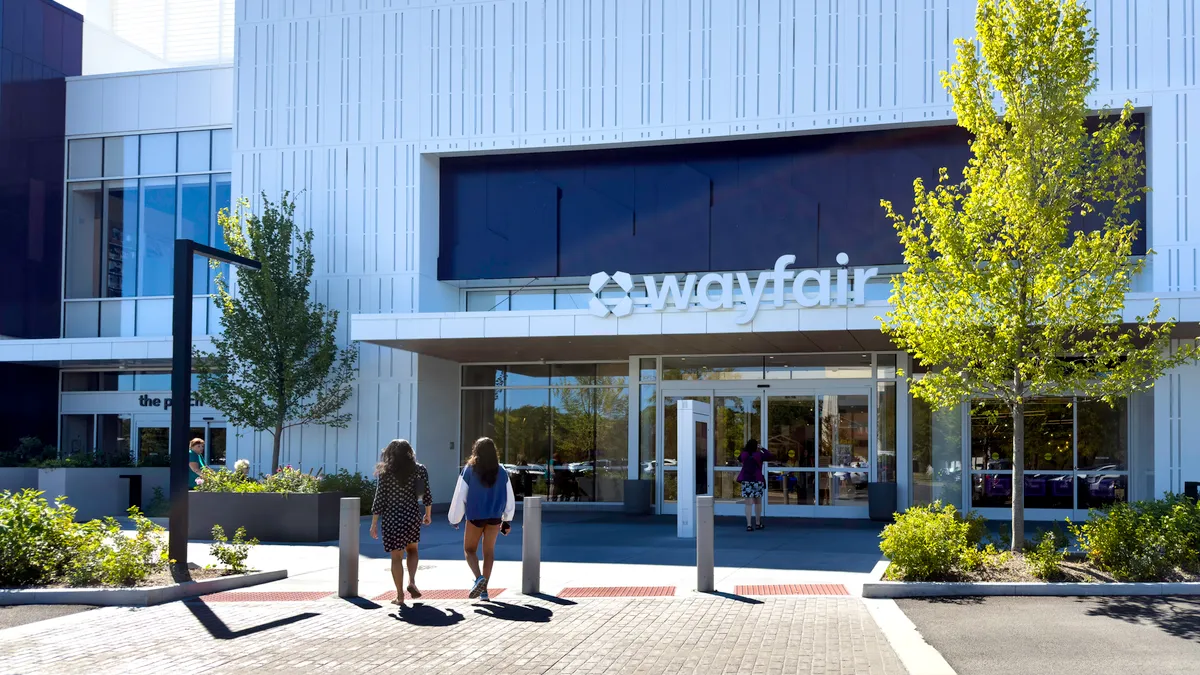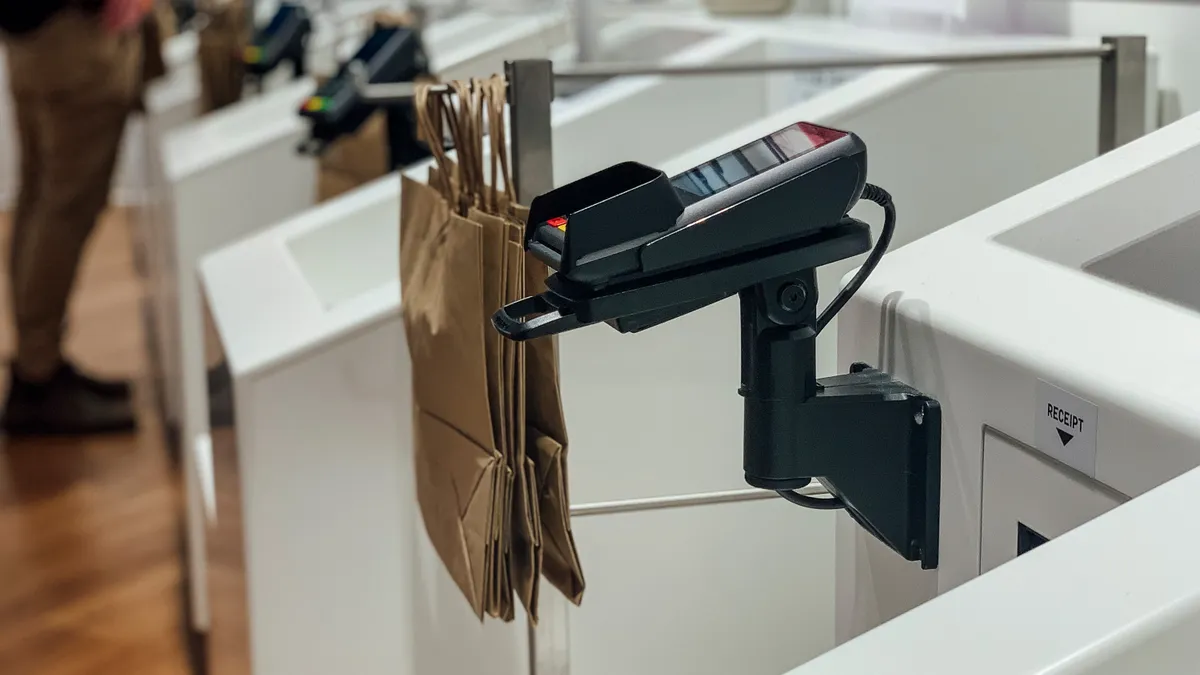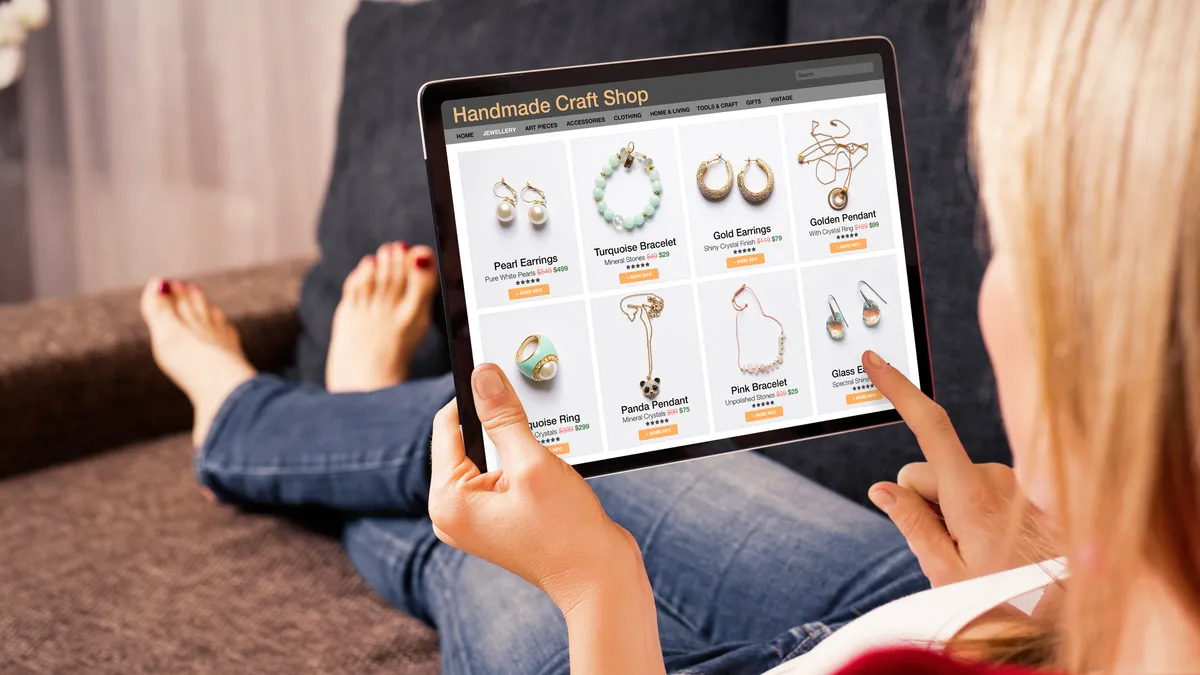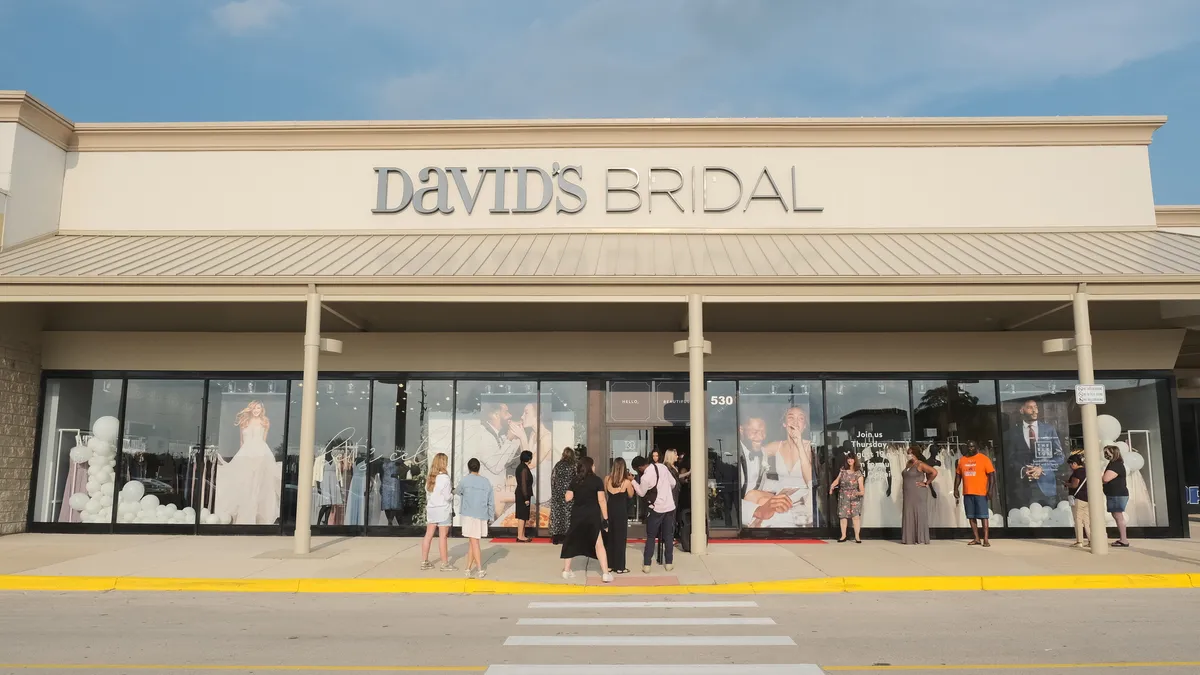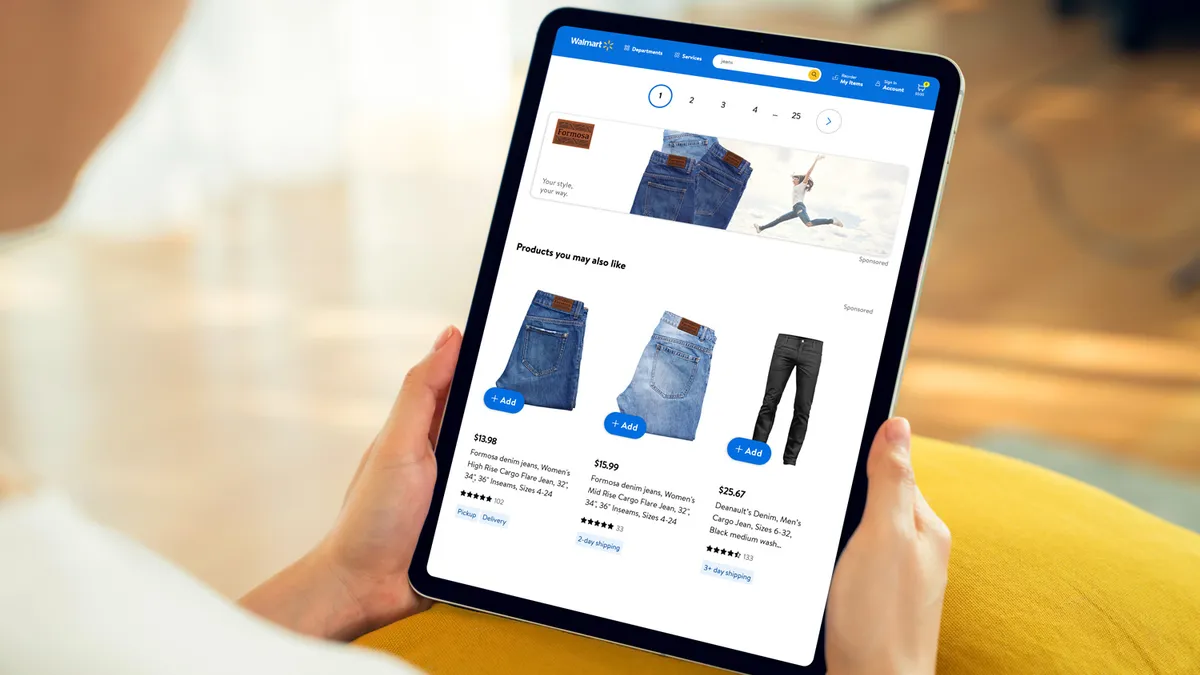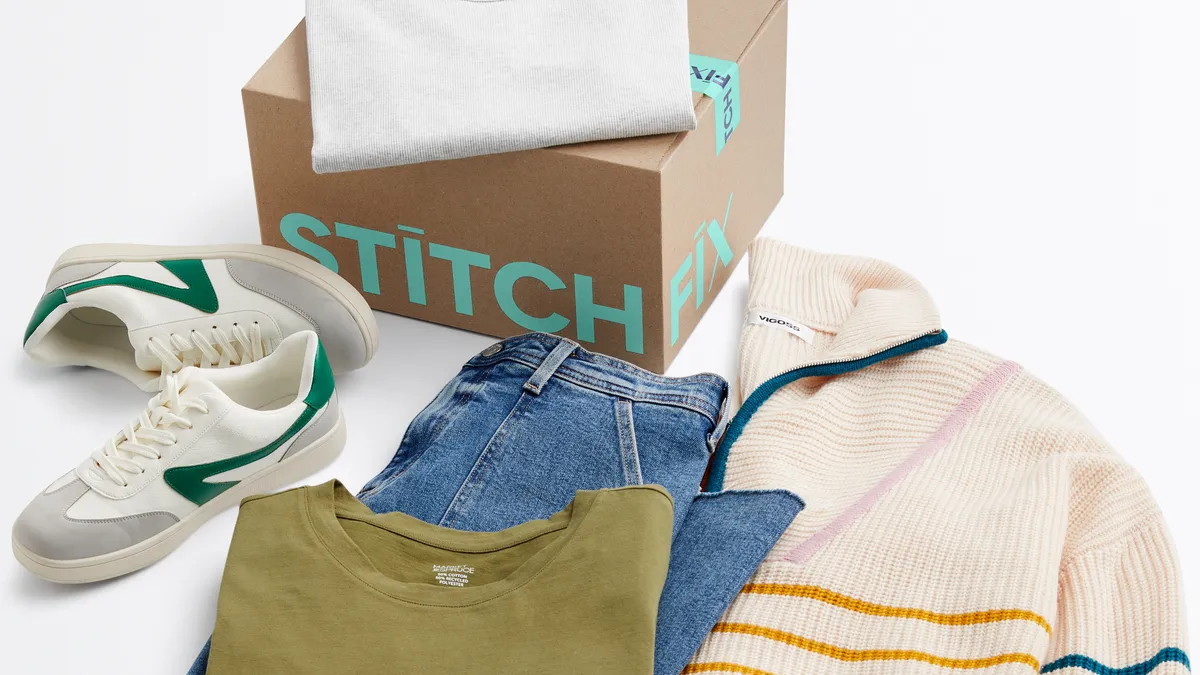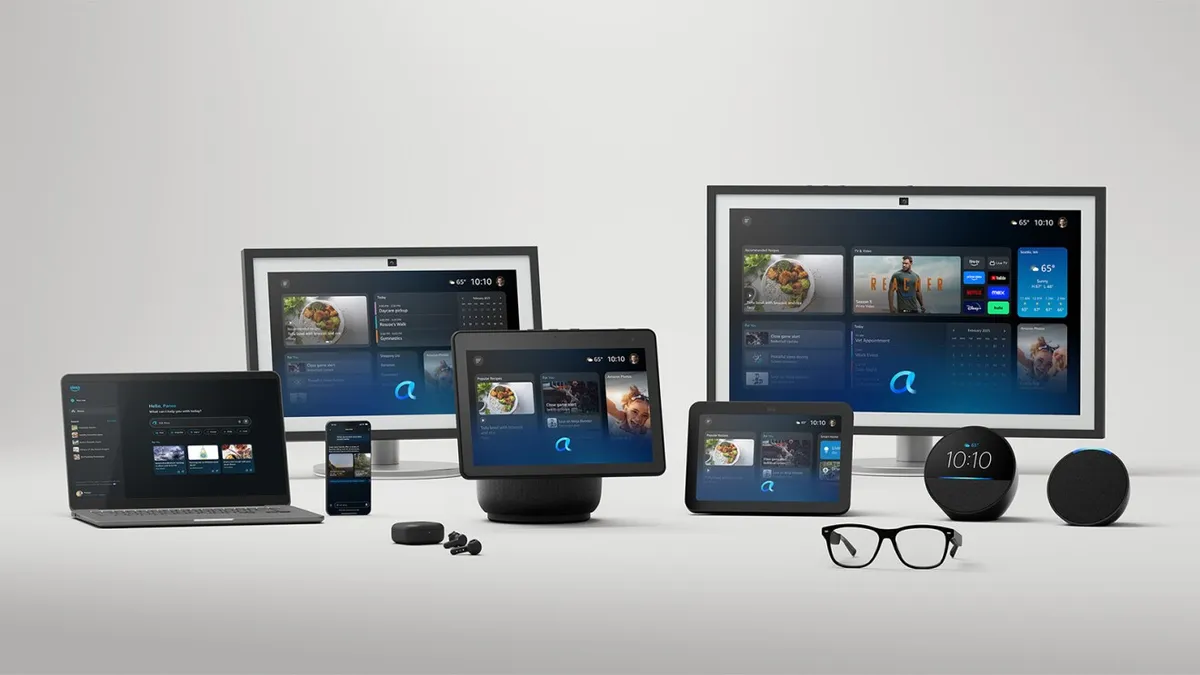While 2015 was dominated by omnichannel retailing and the digital wallet, retailers are now looking at speedy delivery, beacons, RFID tags and other emerging technologies in 2016.
ROI is a key factor in the deployment of these innovations, but these technologies are also focused on improving customer satisfaction, especially at a time when retailers, from e-commerce to brick-and-mortar, are losing ground on the biggest disrupter of all: Amazon.
"A lot of these are for the consumer and making [their] life easier," said retail consultant Erin Armendinger.
Below, we take a look at eight retail technologies that companies should keep an eye on next year.
1. RFID tags
RFID, or radio-frequency identification, is a “phenomenal inventory tool” that more retailers are expected to unleash, said James Dion, owner of Chicago-based retail consulting firm Dionco Inc.
“It gives you up-to-the-minute and second inventory information, and for an awful lot of retailers, that is really critical to have,” Dion said.
Spanish apparel and accessories retailer Zara began utilizing RFID tags in certain locations in 2014 and plans to complete implementation in all stores in 2016. Zara's parent company Inditex, one of the world’s largest fashion retail groups, plans to roll out the technology to its other chains as well.
While other retailers like Wal-Mart and J.C. Penney initially failed at wide-scale RFID use, Zara made the project feasible by placing the RFID chips in plastic security tags, which are removed at the point of sale and can be reused, the Wall Street Journal reported.
Target announced in May that it would begin using RFID tags on certain categories of products in select stores in 2015 and expand to all locations in 2016. Target helps sponsor the RFID Lab at Auburn University to research ways to use the technology.
2. Inventory software
Retailers should keep an eye out for new platforms to turn over inventory more effectively and efficiently, Armendinger said. Retailers are always concerned with inventory, since that’s where their working capital gets tied up, she said. Daily deal and flash sale sites offer one way for retailers to quickly liquidate excess goods.
Another option is INTURN, a software solution that eliminates the need for retailers to email inventory spreadsheets to each prospective buyer. Instead, buyers and sellers can use the software to view excess inventory, set parameters for the sale, and negotiate offers.
3. Beacons
More companies are expected to deploy beacon technology in their brick-and-mortar stores as smartphones play an increasingly crucial role in the shopping experience. Retailers use location-based beacons with Bluetooth Low Energy to communicate with shoppers who have the store’s mobile app and walk near a beacon placed in the store. They can provide store maps, alert customers to special deals, offer product information or remind them how many loyalty points they have.
A July 2015 report from BI Intelligence estimated beacon technology would directly influence some $40 billion in U.S. retail sales in 2016, a 10-fold increase from its 2015 projection. Macy’s, Lord & Taylor, Urban Outfitters, and Kohl’s are among major stores that use beacons.
While Dion said they can create a more intimate shopping experience, Armendinger said she’s yet to see a great content strategy around beacons.
4. No-fuss e-gifting
There’s a huge market for eliminating the hassle involved with gift giving, Armendinger said. For example, Loop Commerce offers an e-gifting service where a customer can select a present for a friend, such as a sweater, but leave it up to the recipient to confirm the size, color, and where to ship it. The recipient receives an email and completes the purchase online. That way, gift-givers can still bestow personal items like clothing, shoes, or makeup even if they don’t know the recipient’s mailing address or other details.
5. Easier store pickup
Apps like Curbside take the convenience of “buy online, pick up in store” to the next level. Consumers can purchase products from Target or other local stores on their mobile phone and pick up the items later the same day. Curbside can track a user’s location so an employee can have the package ready to go when the customer pulls into the parking lot. The service is available at certain stores in Chicago, the San Francisco Bay Area, Philadelphia, Los Angeles, and the New York/New Jersey area.
“I definitely see more and more people using that,” Armendinger said.
6. Faster delivery
Depending on who you ask, delivery drones are either very far out from common utilization or they’re just over the horizon.
Either way, 2016 is sure to see an increased focus on technology that enables shorter delivery windows for online and mobile purchases. Amazon offers free same-day delivery on certain items to Prime members in 16 metro areas. There’s also Amazon Prime Now, a standalone mobile app that offers free two-hour delivery or $7.99 one-hour delivery of orders from Amazon and local stores and restaurants in certain metro areas. Instacart, Google Express, and others also are expanding their offerings and service areas.
“That whole immediate delivery thing is really convenient, and I think that’s what we crave … somebody to make our lives easier,” Armendinger said.
7. Visual product search
More retailers are getting into the item recognition space with app features from tech companies like Slyce Inc., which allows shoppers to take photos of a product and then find similar items from that particular store. Neiman Marcus, Urban Outfitters, J.C. Penney and Home Depot have all contracted with Slyce. The company announced in November that it had signed a contract with an unnamed Fortune 100 retailer.
8. Magic mirrors and smart fitting rooms
Touchscreen mirrors that allow shoppers to select different fitting room lighting, request different colors or sizes and keep track of what they’ve tried on.
Dion recently took a group to the Rebecca Minkoff store in New York to see the magic mirrors. While he thinks they’re cool, he said it’s a “marginal technology” given the amount of capital, programming and content required to make it work seamlessly.
“Are you going to see it at your local mall, Target store, whatever anytime soon? Probably not,” he said.
Polo Ralph Lauren in November unveiled interactive dressing room mirrors at its flagship store in New York with plans to install them in additional locations soon.
Investing in fitting rooms makes sense since that’s where people convert, Armendinger said.
“It is a high-end experience, but over time price of technology will come down just like anything else,” she said.


